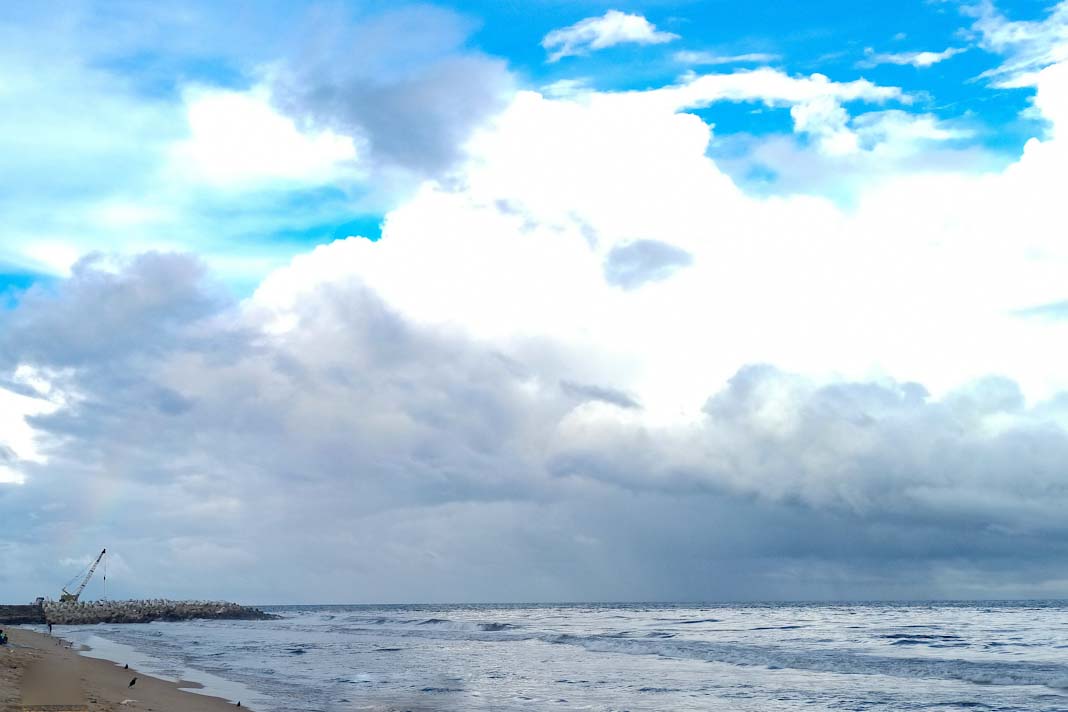- The Panama Canal, a crucial artery for global trade, averted a potential crisis thanks to a combination of water conservation efforts and a shift in weather patterns.
- Last year’s drought in Central America forced the canal authority to drastically reduce the number of daily transits from the usual 38 to 22, causing delays exceeding two weeks and pushing shipping costs up.
The Recovery
- Rising water levels due to a wetter-than-expected dry season and the end of El Niño, a weather phenomenon that reduces rainfall, have allowed the canal to increase transit limits.
- The canal authority expects to reach near-normal capacity of 34 vessels per day by late July and potentially full capacity next year if rain patterns hold.
Water Management Measures
- The canal authority implemented water-saving strategies like “cross-filling” (reusing water in locks) and reducing daily transits to mitigate the drought’s impact.
- The goal is to replenish Lake Gatún, a key reservoir, to ensure sufficient water flow during the next dry season.
Impact and Relief
- The canal handles a significant portion of global trade, and restrictions had forced some shippers to take longer routes around South America, impacting industries like Chilean fruit exports.
- The easing of restrictions offers relief to shippers and could potentially benefit exporters of liquefied natural gas.
Looking Ahead
- While near-term recovery is anticipated, the canal authority acknowledges the need for long-term solutions.
- They are exploring options like building new reservoirs and are seeking approval from the incoming government to expand the canal’s property limits for this purpose.
Uncertainties Remain
- The canal’s long-term water security depends on consistent rainfall patterns and managing water usage during peak shipping periods.
- The success of proposed solutions like new reservoirs is yet to be determined.
Did you Subscribe to our daily newsletter?
It’s Free! Click here to Subscribe!
Source: Bloomberg
















